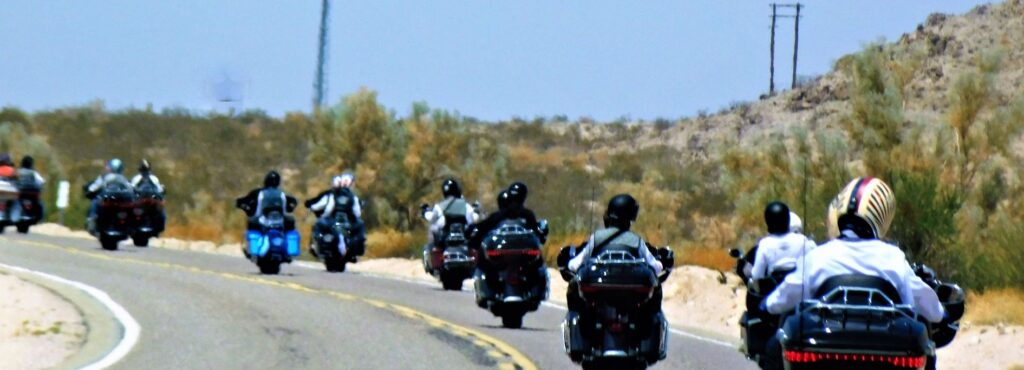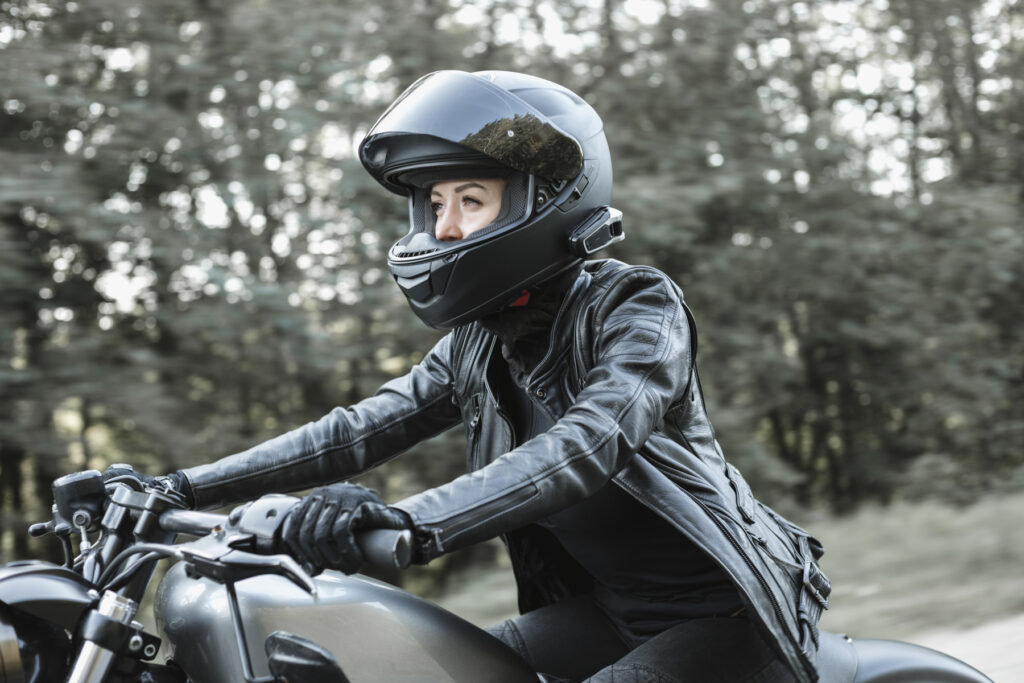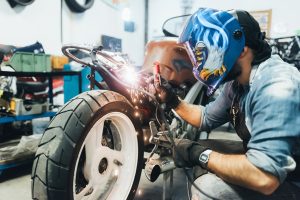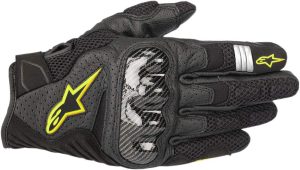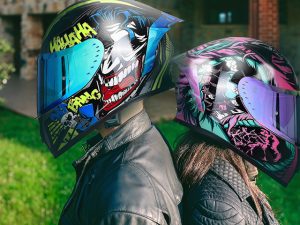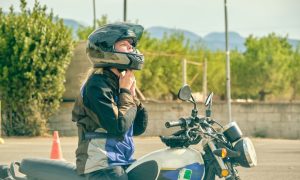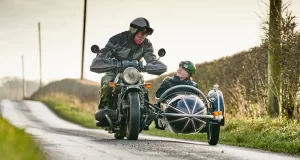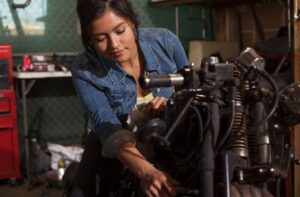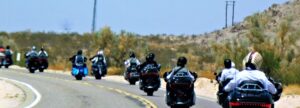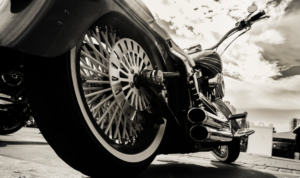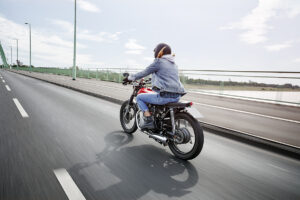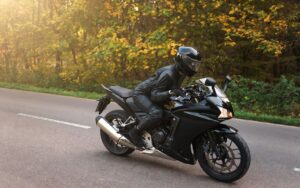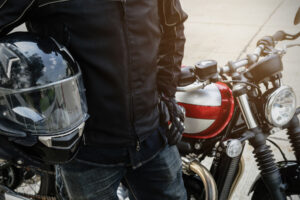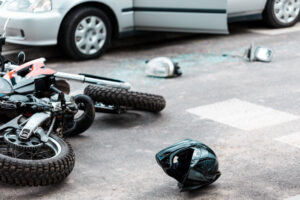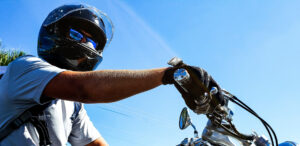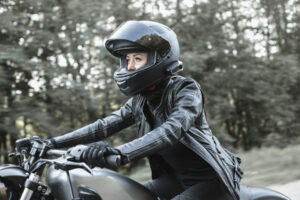If you can ride a motorcycle slowly, you’ll be a much better rider at road speed. Slow-speed training allows you to learn the techniques of riding a motorcycle while reducing the risk of riding. Many riders can ride down the street with no problems at road speed but they are totally lost whenever they have to control the motorcycle at slower speeds. It’s easier to ride at road speed and it requires less technique than riding a motorcycle at slow speed.
he good news is that the three biggest mistakes that riders make in slow-speed motorcycle control are fairly easy to correct and will make a huge difference in your ability to ride a motorcycle on the street. So if you’re having trouble controlling your motorcycle at a slow speed or in a parking lot, this article will help.
1. The biggest mistake that riders make is their lack of awareness or using the friction zone.
So what is the friction zone? Well, good question. All right. So if I’ve got my clutch hand here and I fully squeeze that clutch in I’ve removed all power from the rear wheel. Doesn’t matter what I’m doing with the throttle and the motorcycle’s not gonna go anywhere. If I fully release the clutch, all the power’s going to the rear wheel.
But if I squeeze that clutch back in and I slowly begin to release it at some point that clutch is gonna give partial power to their rear wheel. It’s gonna start pulling me forward. That is the friction zone and riding a motorcycle with the clutch held in the friction zone is how you ride a motorcycle smoothly at slow speeds.
I learned this when I got back into riding, I took an MSF class. I had not rode since I was a kid. Making the figure eight and I had gone through a couple of times and I was making it on the small motorcycle, but I wasn’t a real smooth rider.
Coach pulled me aside and said, Hey, don’t forget. Get that clutch in the friction zone. It’s gonna smooth those figure eights out for you. Next time through clutching the fricking zone, it’s like a light bulb went off. Made all the difference in the world. And it was not something I struggled with for the rest of the weekend, but I still see riders out on the street in slow-speed situations, trying to control the motorcycle with the brakes and the throttle alone, if they do use the clutch, it’s all the way fully engaged or it’s fully released.
The next time you need to control the motorcycle, it slows speed. If it feels choppy and you can’t seem to get the throttle just right. It’s probably because you’re not using the friction zone or you don’t have the clutch in the friction zone.
2. Using the wrong brake.
In a car, you’ve got a brake pedal, right? It controls all of the brakes. Front and rear with a single control. On a motorcycle, you have separate controls for the front and rear brakes, and knowing whether to use both brakes or just one of the brakes and which one can make a huge difference in your control on the motorcycle.
I bet the use of the front brake at slow speeds, especially if the handlebar is turned, has led to the sale of more aftermarket clutch and brake handles and mirrors. Than any other rider’s mistake because I don’t know of a quicker way to drop a motorcycle than to use the front brake at slow speeds.
Especially if the handlebar is turning, if you need to make a U-turn or other slow-speed motorcycle control, and you can get that clutch in the friction zone and you can drag the rear brake using a little bit of rear brake to help control the speed and give the bike more balance. You’re two-thirds of the way to control that motorcycle.
By keeping the clutch in the friction zone and using the rear brake to control the motorcycle. You’ll be smoother at slower speeds, but there is one important technique to control a motorcycle that slow speeds. And if we add this one other technique, you’ll have everything you need.
3. Look where you planning on going.
U-turns control your motorcycle and stop and go. and pull into a gas station under control and with confidence, that final technique is easy to say, but it’s not always easy to do. And that’s because it’s not natural to us. Imagine me walking from the back of the room and turning left. How would you do this? Would I be turning my head before the turn looking where I want to go? No, you would use your eyes and start making the turn. That’s not the way it works with a motorcycle.
So why did that look weird? Well, it’s because we don’t walk and turn that way normally.
As soon as you start riding a motorcycle, some motorcycle riding instructor starts telling you to turn your head and eyes and look where you want the motorcycle to go. That’s not something that we do naturally while we’re walking. So none of that feels natural to us, but it is the final step in slow-speed motorcycle control.
Do you want the motorcycle to be over there? Turn your head eyes and look over there. You’ll be surprised at how big, a difference that makes another thing about turning your head at a slow speed is if you have a lazy head. Your motorcycle gonna have a lazy turn, but if you’re more deliberate about your head turn, getting head/eyes, turning your motorcycle will be more deliberate. I know that sounds weird, but the motorcycle really follows where you put your head eyes and the more deliberate you are with those head turns, the more deliberate your motorcycle will be when it turns.
That looked pretty weird. If we walked around the office using that motorcycle head turn, you know, as we’re navigating the cubicles through the office, but even when you’re not riding your motorcycle, you can practice this in your car and it’ll look a little less weird. But if you start doing this in your car, turning your head and eyes, looking where you want the car to be, you’ll be shocked at how much more aware you are of your car’s surroundings.
So it can help in a car, but it’s crucial on a motorcycle in order to make that tighter slow speed turns and also to make faster, wider turns or to navigate an intersection, turn your head and eyes or point your nose in the direction you want the motorcycle to go. If your turn on a motorcycle is not as sharp as you wanted it to be, the odds are that the problem started with a poor or lazy head turn.
The three techniques to sharpen your slow-speed motorcycle control. Use the friction zone. Use that rear brake and use proper head and eye placement. Getting those heads and eyes turned, pointing your nose, where you want the motorcycle to go. If you master these three techniques, you’ll have the foundation to control your motorcycle at slow speeds.
